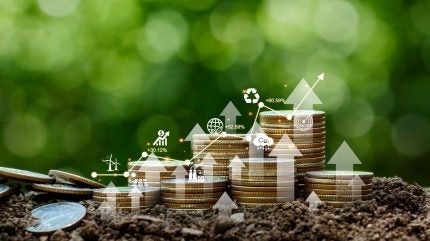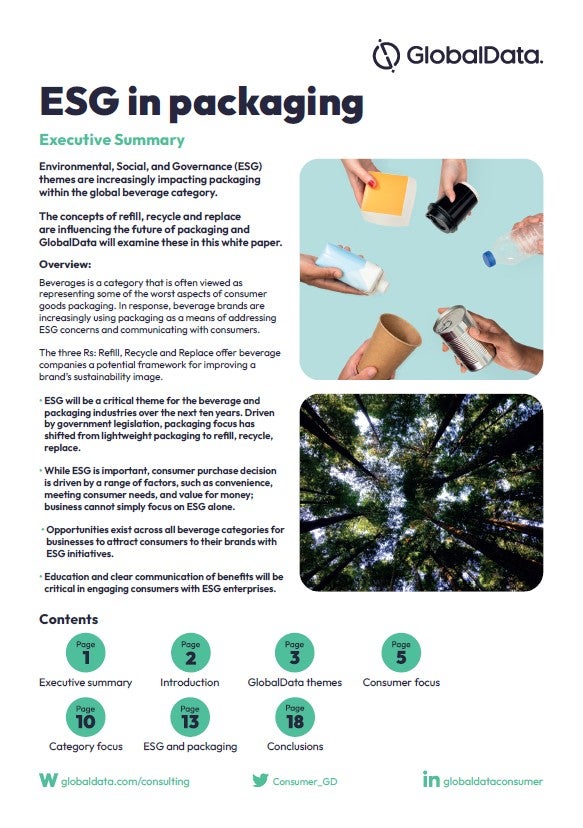
As the demand for sustainable practices grows, the packaging industry finds itself at a critical juncture.
The shift towards eco-friendly packaging solutions is not just a trend but a necessity driven by increasing environmental consciousness among consumers.
However, the transition brings with it significant challenges, particularly in balancing sustainability with cost.
The sustainability challenge
The packaging industry is witnessing a paradigm shift towards sustainability, driven by environmental concerns and consumer demand. Traditional packaging materials, such as single-use plastics, have long contributed to pollution and environmental degradation.
In response, companies are exploring sustainable alternatives, including compostable materials, recycled content, and biodegradable options. These materials aim to reduce the carbon footprint and reliance on non-renewable resources.
However, adopting sustainable packaging is not without its challenges.
The production processes for these materials often involve complex technologies and higher manufacturing costs. This can result in increased prices for end consumers, posing a dilemma for companies:
Should they absorb these costs, potentially impacting their profit margins, or pass them on to consumers, risking reduced sales?
Cost implications
Sustainable packaging materials generally come at a higher price than conventional options. For instance, compostable and biodegradable materials often require specific manufacturing processes and technologies that drive up costs.
The availability of certain sustainable materials can also be limited, further escalating prices. This creates a significant challenge for businesses striving to maintain competitive pricing while meeting sustainability goals.
To mitigate these costs, companies are adopting various strategies. These include lightweighting or “right weighting” packaging to use less material, optimizing production processes, and utilizing renewable energy sources.
Such measures can help reduce the overall cost burden, making sustainable packaging more economically viable in the long term.
Furthermore, innovations in supply chain management and increased efficiency in production can contribute to cost reductions.
Consumer expectations and market trends
Consumer attitudes towards sustainable packaging are evolving. A significant number of consumers are willing to pay a premium for products with eco-friendly packaging, particularly in developing countries where environmental awareness is rapidly increasing.
In contrast, consumers in developed nations prioritize cost and quality, though their willingness to pay for sustainability has also seen an upward trend.
Moreover, the rise of e-commerce has influenced packaging trends. The demand for packaging solutions tailored for online purchases, such as optimally sized and right-weighted products, is growing.
Companies are focusing on enhancing the customer experience through customized and sustainable packaging designs, which not only meet environmental goals but also attract eco-conscious consumers.
Navigating regulatory landscapes
Regulatory pressures are also shaping the packaging industry. New regulations aimed at increasing the recycling content and reducing waste are being implemented worldwide.
These regulations vary by region but collectively push the industry towards more sustainable practices. Companies must stay informed about these regulations to ensure compliance and avoid potential fines or market restrictions.
In some regions, better product labelling and incentive programs are encouraging consumers to choose sustainable packaging. In others, the focus is on making sustainable options more available and affordable.
This necessitates a flexible approach, where companies tailor their strategies to the specific regulatory and consumer landscapes of each market.
The takeaway
The packaging industry is at a crossroads, balancing the demands of sustainability and cost. While the transition to sustainable packaging poses significant challenges, it also offers opportunities for innovation and long-term benefits.
Companies that successfully navigate this landscape can enhance their brand reputation, foster consumer loyalty, and lead the way in corporate social responsibility.
As the industry continues to evolve, finding the right balance between sustainability and affordability will be crucial for future success.
By adopting innovative solutions and cost-reduction strategies, businesses can not only meet the growing demand for sustainable packaging but also drive positive environmental change.
The journey towards sustainability is complex, but with careful planning and strategic investment, the packaging industry can achieve a more sustainable and economically viable future.




